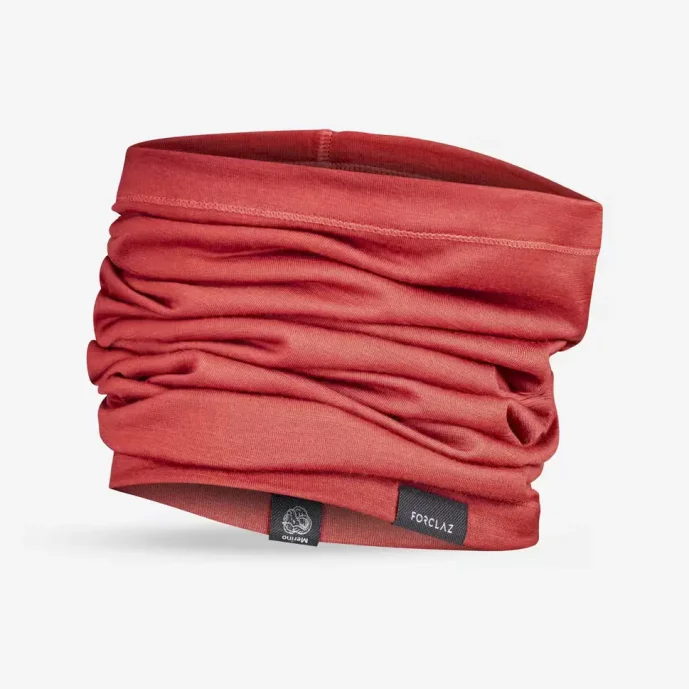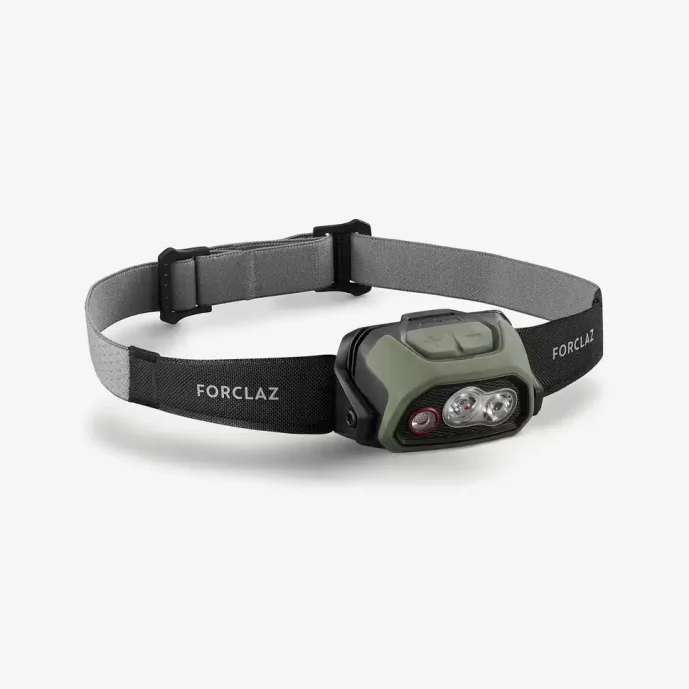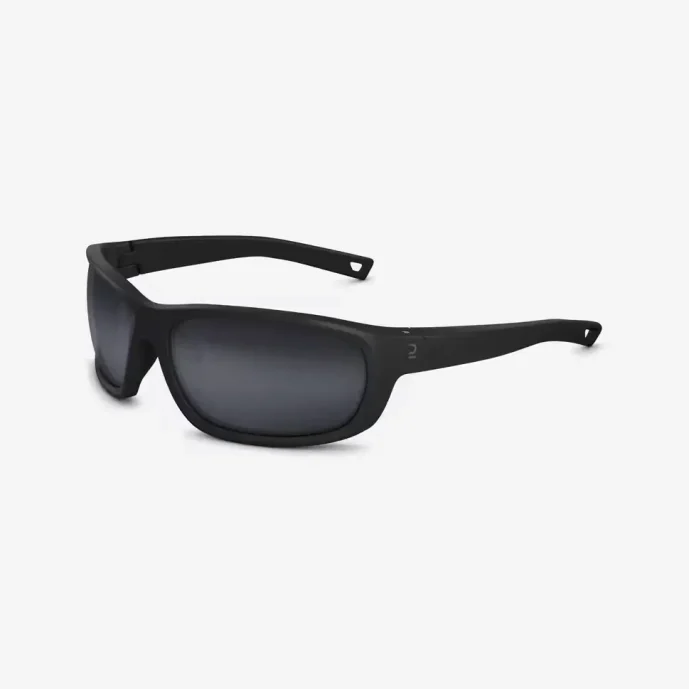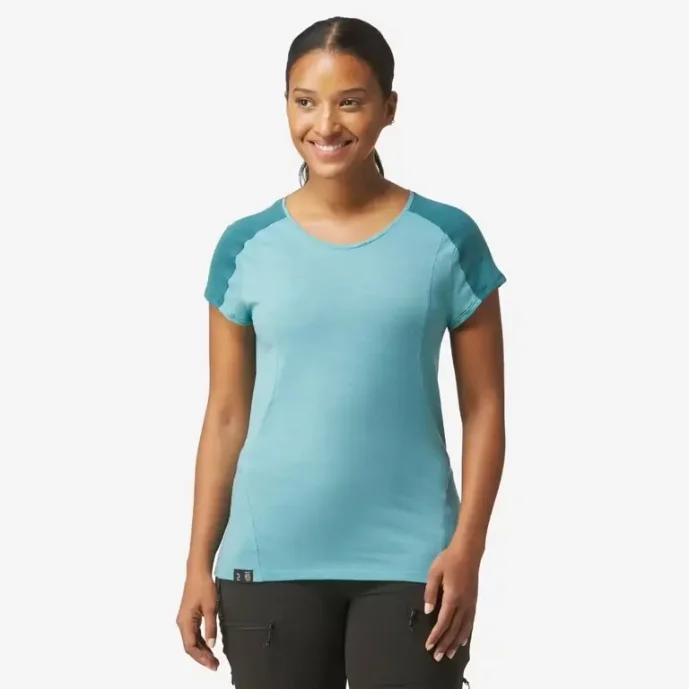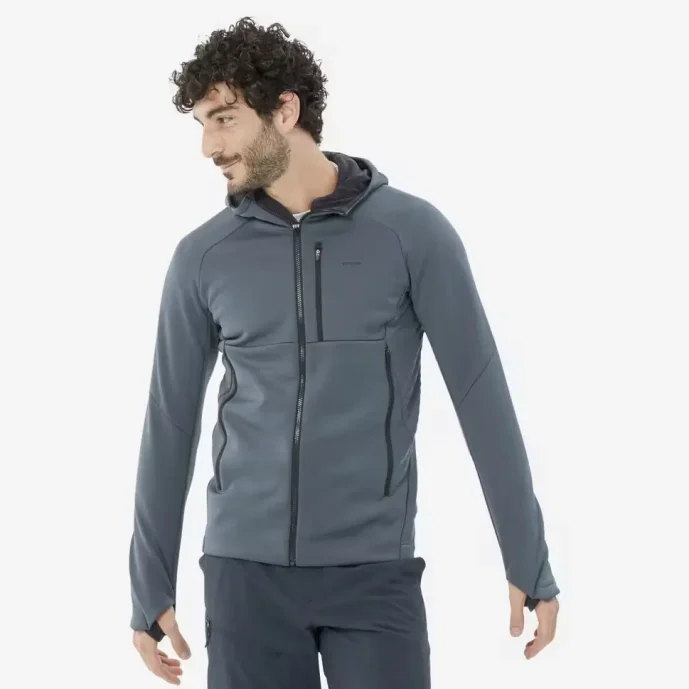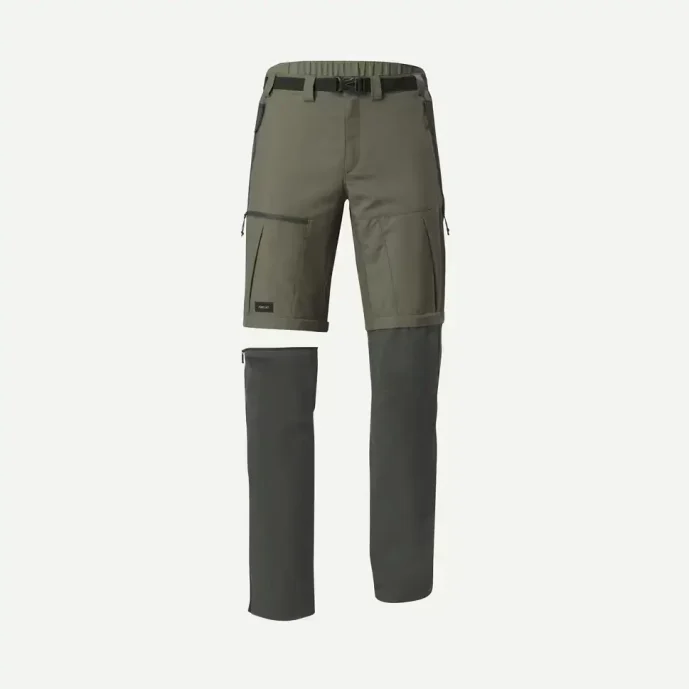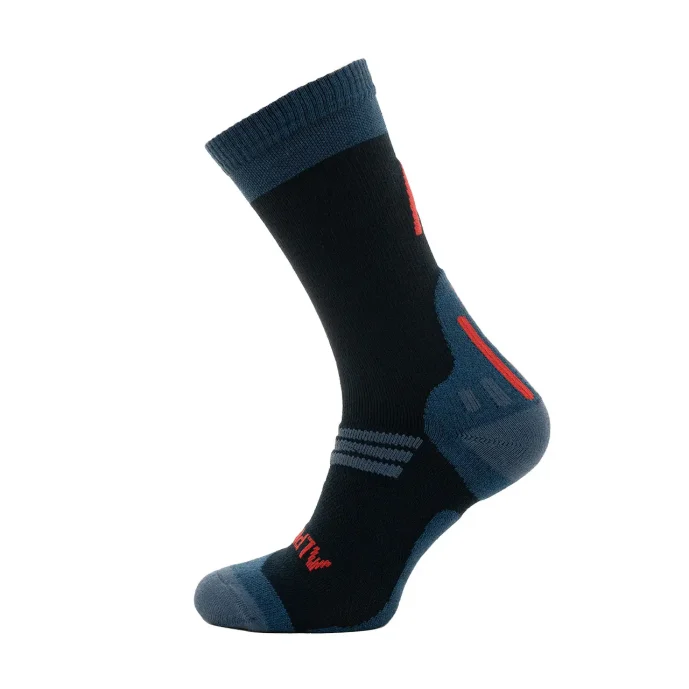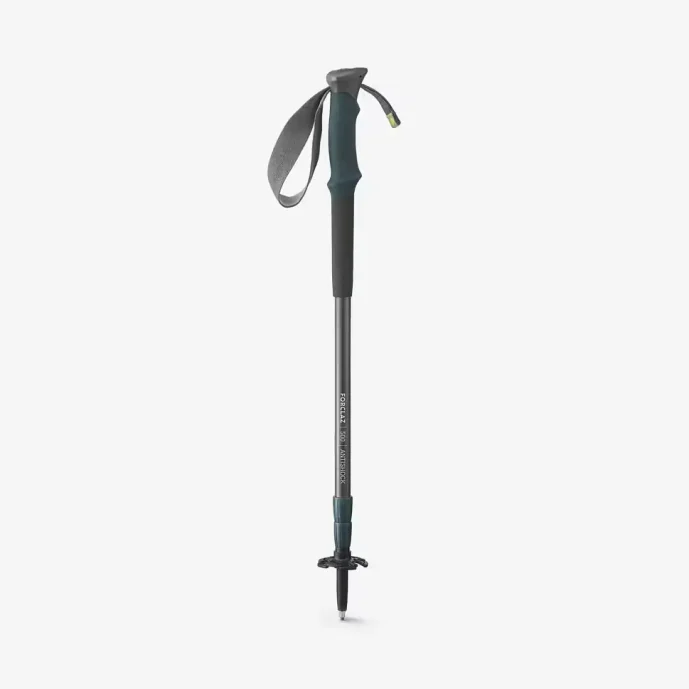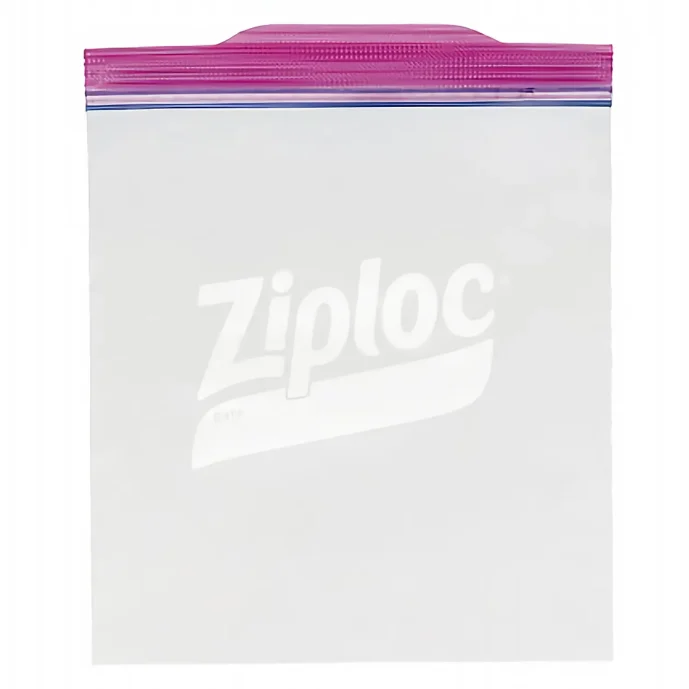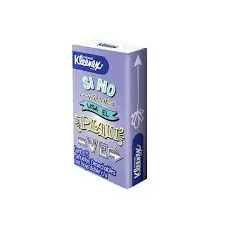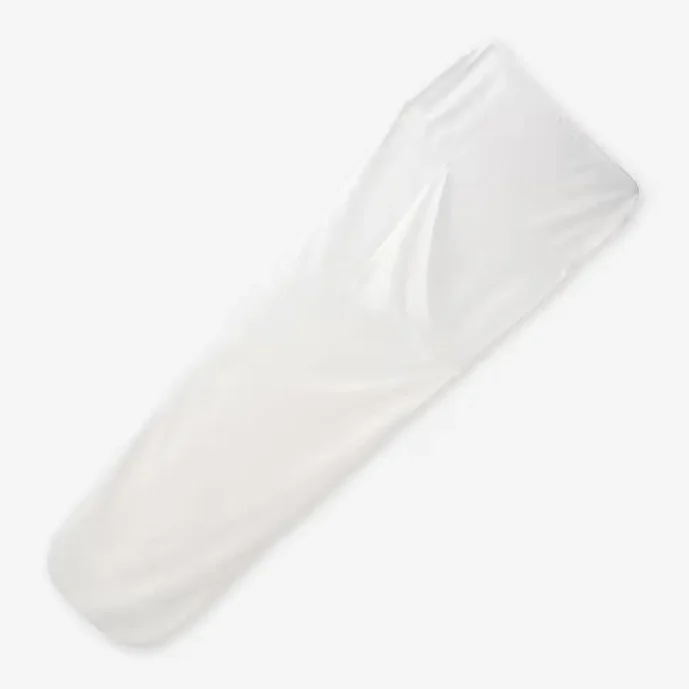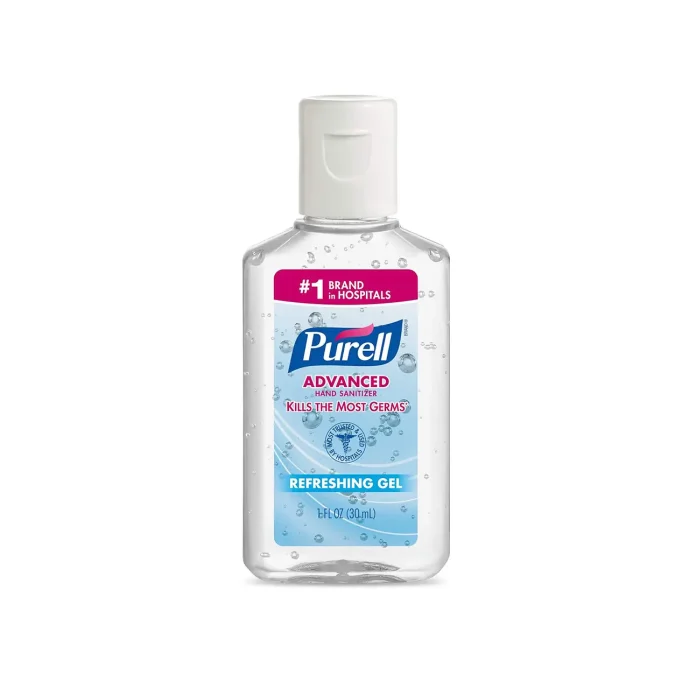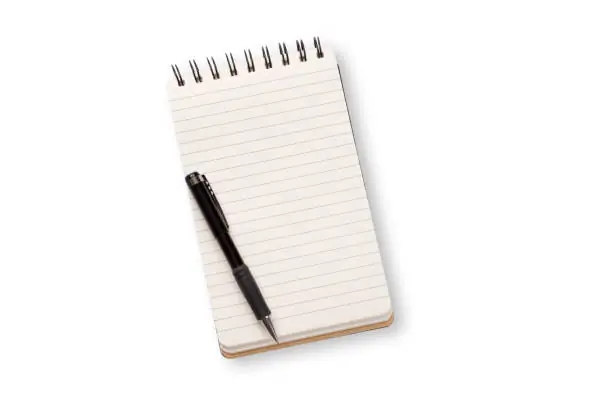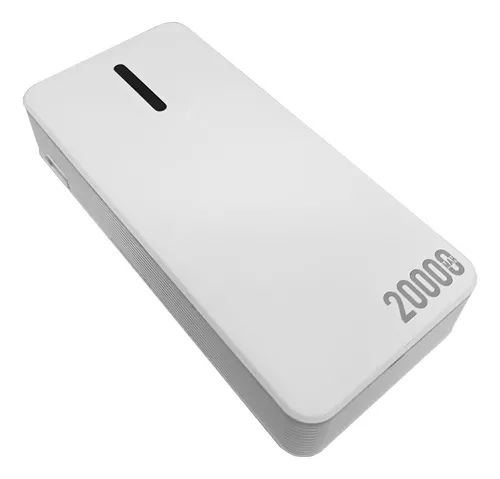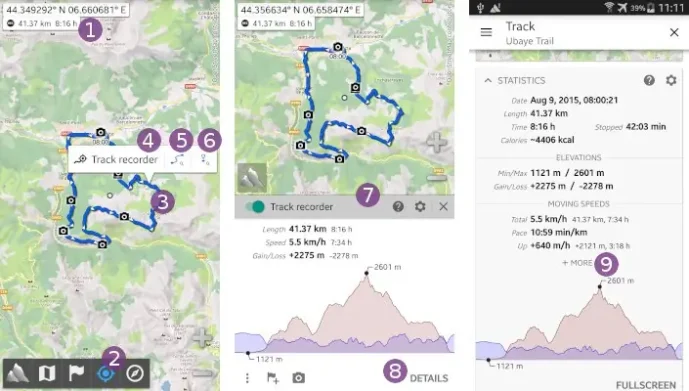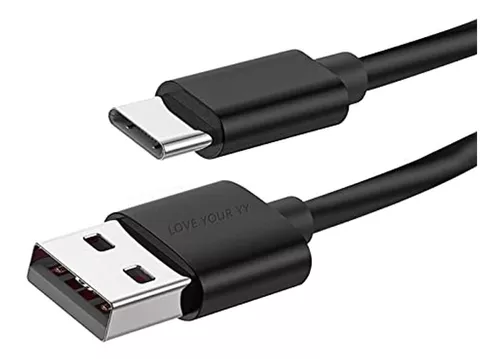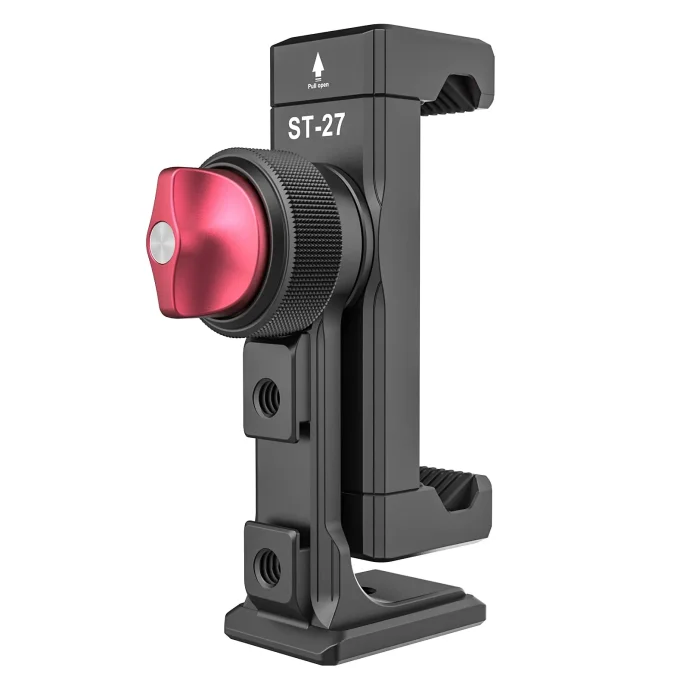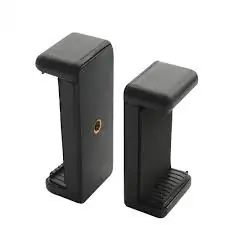What to Pack for Colombia?
Essentials for your Colombia trip: pack smart with our tailored checklist.

Clothing
Embrace the “onion policy” or the art of layering: ventilation, insulation, and protection. Plan to pack minimally and use lightweight, quick-drying fabrics. Avoid cotton.
Head
- Sun Hat or Cap: Essential for sun protection during the day.
- Buff or Bandana: Versatile for sun protection, sweat, and warmth.
Torso/Core
- 2-3 Hiking T-shirts: Lightweight, synthetic, or merino wool that wicks moisture.
- 1 Long-Sleeve Hiking Shirt: For sun protection and to guard against insects.
- 1 Light Fleece or Mid-Layer: For cooler evenings in the mountains.
- 1 Rain Jacket or Poncho: A poncho is highly recommended as it’s less bulky and can easily cover both you and your daypack.
Lower Body
- 1-2 Pairs of Hiking Pants: Lightweight, breathable, and quick-drying. Convertible pants are a good option.
- 1 Pair of Rain Pants (Optional but Recommended): To stay dry during heavy downpours.
- 1 Pair of Shorts or Light Trousers: For relaxing at camp in the evenings.
Feet
- 3-4 Pairs of Hiking Socks: Wool or synthetic blends. Avoid cotton.
- One pair of knee-high socks for the evening to help protect your ankles from mosquitoes
- Hiking Shoes or Trail Runners: Comfort is paramount. Trail running shoes with excellent grip are a great option for this terrain. Boots are recommended during the peak rainy season (September-November).
- Camp Shoes: Lightweight sandals, Crocs, or flip-flops to let your feet rest and for river crossings.
Trekking Gear
- Daypack (20-25L): A small, comfortable backpack is crucial. Choose one with a hip belt to distribute weight effectively.
- Backpack Rain Cover: If your pack isn’t waterproof, a cover or a large trash bag is essential.
- Trekking Poles (Optional): Can reduce strain on your knees, especially on descents. A sturdy stick can also be improvised on-site.
- Headlamp: There is no electricity in the villages. A headlamp is essential for moving around at night, leaving your hands free.
- Water Bottle (1L Minimum): A reusable bottle is necessary. Purified water will be provided, but a bottle with a built-in filter (like Lifestraw or Katadyn) offers extra security.
- Dry Bags or Ziploc Bags: Use these to organize your gear and keep electronics, documents, and spare clothes completely dry.
Camping Gear / Night
- Sleeping Bag: Not necessary for this trip; one will be provided.
- Silk Sleeping Bag Liner (Optional): Lightweight and adds a layer of comfort and hygiene when staying in local farms or camps.
- Earplugs & Sleep Mask: For a more restful sleep in shared accommodations.
Hygiene & Health
Personal Hygiene Kit
-
- Toiletry Bag: Toothbrush, toothpaste, biodegradable soap/shampoo. Aim for travel-sized containers.
- Quick-Dry Towel: Small and lightweight.
- Hand Sanitizer.
- Toilet Paper / Tissues: Not always available in remote areas.
First-Aid & Medications
Your guide will carry a first-aid kit, but it’s wise to have a personal kit for minor issues.
- Basic First-Aid: Antiseptic wipes, antibiotic cream, painkillers (Ibuprofen/Paracetamol), assorted bandages, and blister treatment (moleskin or Compeed).
- Insect Repellent: In the Sierra Nevada, there are “Zancudos” or “Jején” (no-see-ums). Their bites are very itchy. Essential oil-based repellents are effective, but DEET-based products also work. Covering up with pants and socks from 5 pm to 7 pm is the best defense.
- Sunscreen: High SPF is recommended.
- Antihistamines: For allergic reactions or to help with itchy bug bites.
- Antidiarrheal Medication: Such as Imodium.
- Oral Rehydration Salts: Essential in case of dehydration from diarrhea or exertion.

Gear & Tech
- Smartphone / Camera: For capturing memories.
- Power Bank: To keep your electronics charged, as there will be no electricity.
- Charging Cables.
- Knife (Optional): A small multi-tool or Swiss Army Knife can be useful (must be in checked luggage)./
The electric current is 110 Volts and 50 Hz. The plug has the same shape as in the United States, types A & B. Take a look at the pictures below to see what these plugs and power sockets look like.
Sometimes outlets have only two slots so it can be safer to bring an adapter.
110 V, American type plug with 2 flat plugs.


Photographer Packing list
This section is specifically for photographers, from amateurs to professionals. If photography isn’t your passion, feel free to skip ahead—but consider giving it a second thought. Our main activities will revolve around seeking out stunning locations and capturing the best light. Patagonia is one of the most photogenic places in the world, offering a unique opportunity to elevate your skills. Imagine the joy of reviewing your breathtaking photos back home and the pride of sharing them with friends.
Smartphone Photographers
- Good Smartphone Camera
- Phone Holder: plastic or metal
- One Tripod or Monopod (Be aware that light and cheap tripods don’t resist well to wind)
Enthousiasts and Professionals
- 1 Camera Full frame or APS-C
- Sturdy Tripod
- Camera with one or 2 lenses (24-70mm, 16-35mm, 24-105mm, 100-400mm)
- Spare batteries
- ND Filter for long exposure shots
- Action Camera for B-Roll and filming
- Battery charger that work with USB
- Rain cover for your camera
Keep in mind that photography equipment can add significant extra weight to your backpack, ranging from 4 to 8 kilos, especially for professional gear!
Documents & Miscellaneous
- Cash: For souvenirs or handcraft in small communities.
- Passport / ID: Carry copies and have digital versions saved.
